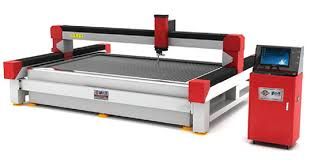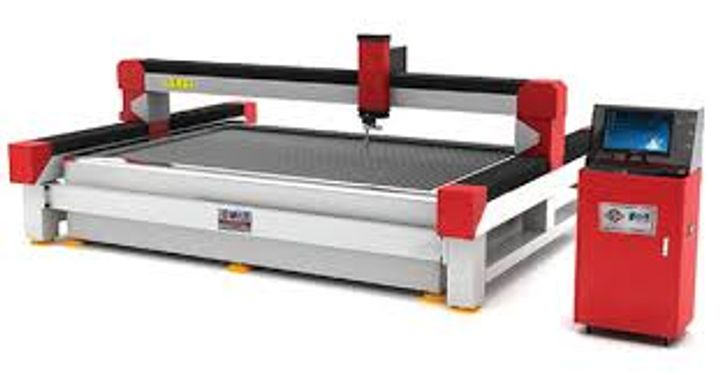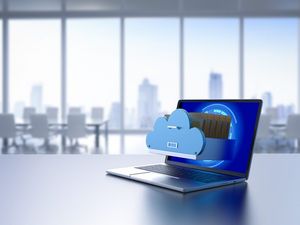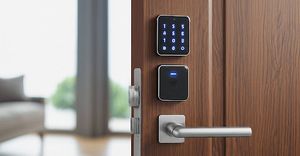Waterjet Cutting Machines gain popularity in industries for their accuracy, versatility and cold-coting technology. Unlike the traditional methods of using heat, Waterjet use high pressure streams (sometimes with violent particles) to sliced through different materials. This makes them ideal for sensitive applications where heat formation should be avoided.
As production and production procedures continue, it is important to understand water jet cutting machines for engineers, factory planners and industrial buyers.

Benefits and Limitations
Benefits of Waterjet Cutting Machines:
Cold cutting process: no heat-affected areas (HAZ), which preserves material integrity.
Precision: tolerance is as nice as ± 0.001 inches.
Material flexibility: metal, ceramics, glass, composite, rubber and more cuts.
Environmentally friendly: no dangerous smoke or waste.
Minimum finishing required: clean edges reduce the processing requirements.
Limitations:
Laser cuttings slowly for thin ingredients
High initial setup cost
Ongoing maintenance is required to wear nozzle and abrasive disposal
Limited thickness to hard material without wear
Types of Waterjet Cutting Machines
| Type | Description |
|---|---|
| Pure Waterjet | Uses only water; ideal for soft materials like rubber, foam, textiles. |
| Abrasive Waterjet | Adds abrasive material (usually garnet) for cutting hard materials. |
| Micro Waterjet | Ultra-precise cutting for microelectronics and medical devices. |
| 3D Waterjet Systems | Used for complex angles and multi-axis cuts. Ideal for aerospace & auto. |
| Portable Waterjet Units | Used for on-site operations like pipeline or shipyard maintenance. |
Latest Trends and Innovations
5-axis robotic arm integration: for waterjet operations.
IoT-activated waterjet machines: that monitor the cutting variables in real time.
Environmentally friendly closed loop system: to recycle water and abrasive.
Automatic nozzle calibration: for extended precision.
Software improvement: for breeding and CAM (Computer Aaded Manufacturing) integration.
Key Features to Consider
Pump pressure (SAI): high pressure means dark and sharp cuts.
Bed size cutting: maximum material determines dimensions.
Exemption system capacity: important for continuous powerful operation.
Control software compatibility: look for systems that support CAD/CAM files.
Nozzle type and diameter: the cut affects the precision and quality of the edge.
Electricity consumption and efficiency
Noise and security habinett
How to Choose the Right Waterjet Cutting Machine
Use this checklist to guide your decision:
What materials will you cut into type and thickness?
Do you need clean or abrasive water jet functions?
What is your required cutting accuracy and speed?
Need automation or functionality with multiple axes?
What is your budget for both initial setup and long -term maintenance?
Do you accommodate a full -size system, or need compact or portable model?
Does the seller support training and after -sales?
Tips for Best Use and Maintenance
Use filtered water to avoid pump and nozzle damage.
Regular nozzle and holes inspection plan to maintain accurately.
Monitor the grinding feeds and avoid overload under the system.
Keep the cutting table clean to prevent the material from changing.
Use the recommended PSI and feed speed for each type of material.
Back up CAD/CAM files and update the machine firmware regularly.
FAQs
Q1: What materials can be cut with Waterjet Machine?
Almost all types of rails, ceramics, stone, composite, plastic, glass and rubber.
Q2: Is it better to cut waterjet than laser cutting?
Depends on the application. Water jets are ideal for thick, heat-sensitive materials; laser is sharp for thin sheets.
Q3: How much water is used to cut waterjet?
About 0.5–1.0 liters per minute. Closed loop systems can reduce consumption.
Q4: Are Waterjet machines safe?
Yes, when used with appropriate cabinets and personal safety equipment. Always follow the manufacturer's guidelines.
Q5: How long does the nozzle last?
Usually 40–120 hours depending on use, materials and abrasive types.
Conclusion
Waterjet Cutting Machines provides a reliable, accurate and cold-coting solution for a wide range of industries from AirPace and automotive for saints and adapted fabrication. Their ability to cut without heat damage and without different materials makes them an important tool for modern production.
By understanding types, applications, innovation and maintenance, you can make an informed decision to invest in Waterjet cutters. Always adjust your machine choice with your production goals and physical needs.







